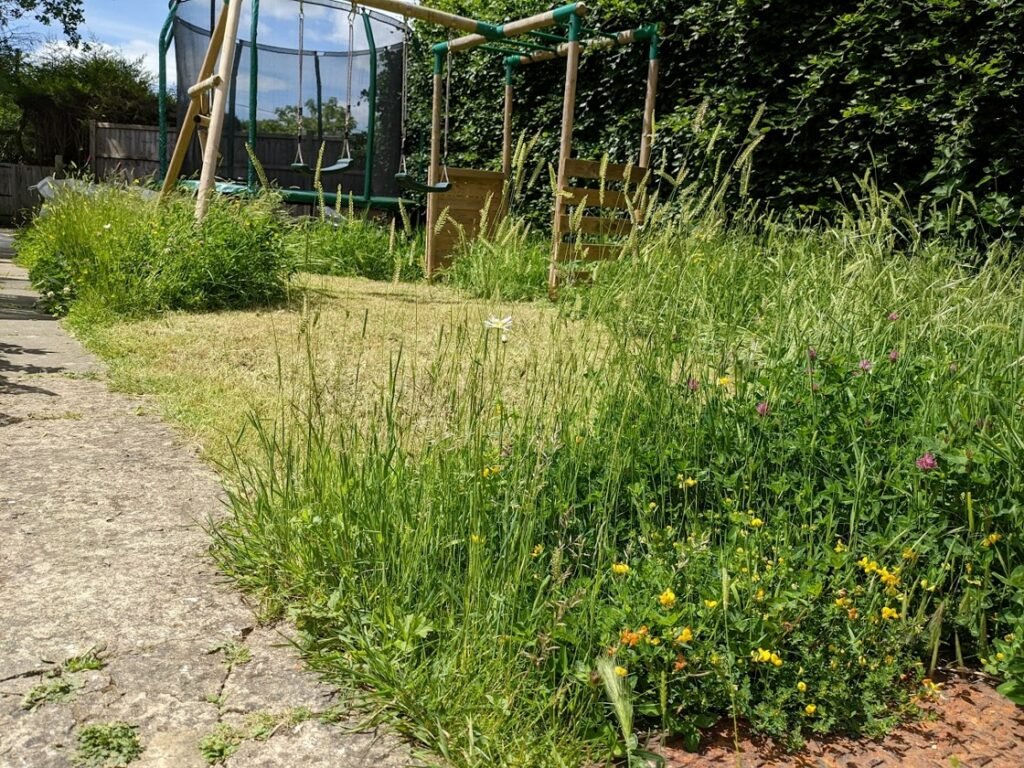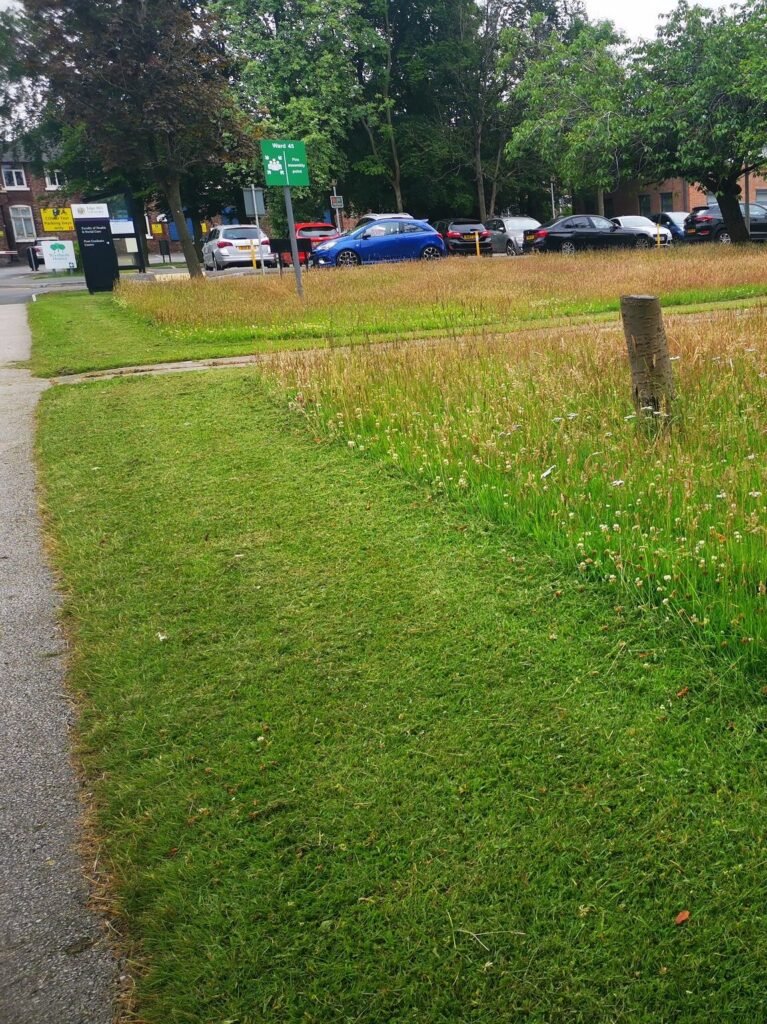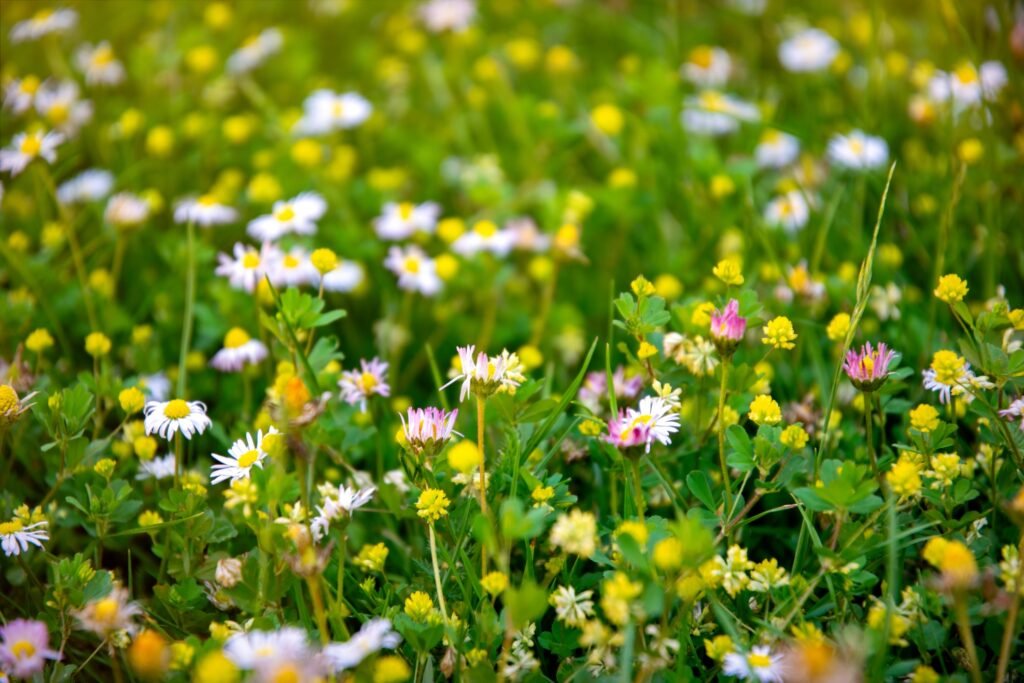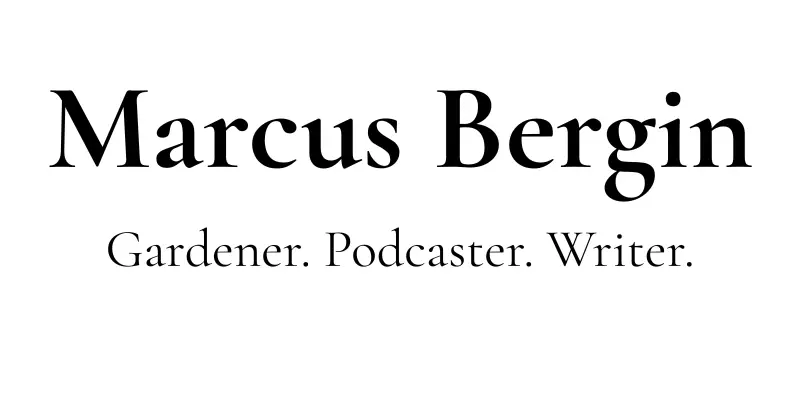
Letting the Lawn Grow: What Comes After No Mow May?
Why the end of No Mow May isn’t the end of the story—and what to do with your wild patch now
At the start of May, many gardeners across the UK—and right here in Bishops Cleeve, tucked their mowers away and let nature take the lead.
Some of us watched in wonder as dandelions, clover, buttercups, and even the odd orchid emerged. Others felt their resolve waver as the grass shot up faster than expected and things started to look… well, a little unkempt.
But now, with June upon us, the question looms:
What do we do now?
First: Let’s Talk About Why It Mattered
The idea behind No Mow May, started by conservation charity Plantlife, is simple: by letting our lawns grow for just one month, we can give a huge boost to biodiversity, especially pollinators.
And the results speak for themselves.
A single acre of wildflower-rich lawn can support over 400 species of plant and hundreds of insect species.
In 2021, Plantlife’s “Every Flower Counts” survey found that unmown lawns could produce enough nectar to support 10 times more bees and pollinators than regularly cut turf.
Lawns left uncut for just four weeks can produce over 4 grams of nectar sugar per square metre—enough to feed thousands of pollinators per day.
In short, our “lazy” lawns became buzzing lifelines. For bumblebees, hoverflies, moths, and butterflies, those overgrown corners were a goldmine.
Why Cutting It All Back Isn’t the Only Option
Now that No Mow May is over, it might be tempting to get the mower out and bring everything back to a neat, striped normal. But before you do, take a pause. Because how you move forward now can either maintain the momentum—or undo it.
Longer grass supports life in ways we often overlook.
Not just through flowers, but through shelter. Grasshoppers lay eggs in long grasses. Frogs and toads use it for cover. Many species of moths and butterflies rely on grass species as food plants for their caterpillars.
So while there’s no one-size-fits-all answer, here are some thoughtful approaches you might consider:

5 Options for Post–No Mow May Lawn Care
1. Cut a Path, Not the Whole Patch
Instead of mowing everything down, try cutting clear paths through your long grass. This can give your garden structure and accessibility while keeping much of the habitat intact.
Try it:
Cut paths in pleasing shapes, a spiral, a circle, or a simple meander. It can turn your wild lawn into a mini landscape feature.
2. Stagger Your Cuts
If you do plan to mow, don’t cut it all in one go. Cut sections gradually over a couple of weeks. This gives insects time to move on and ensures you’re not wiping out everything in a single session.
Start with:
One-third of the lawn each week. Raise the mower height and leave small patches untouched.
3. Create a Permanent Wild Patch
If you enjoyed the wildlife and relaxed look, consider making a longer-term change. Set aside a permanent “no-mow zone”—a corner under a tree, along the back of a border, or a strip near a fence.
Come autumn, you can even enhance it by sowing a mix of native wildflowers such as knapweed, oxeye daisy, or bird’s-foot trefoil.
4. Raise the Blades and Remove Clippings
When you do mow, raise your mower blades to the highest setting. This avoids scalping the grass and allows more low-growing wildflowers like selfheal and clover to thrive. Remove clippings so they don’t smother the remaining plants.
Top tip: Compost clippings or use them as mulch under hedges or in vegetable beds.
5. Reframe What ‘Neat’ Looks Like
This is perhaps the biggest shift of all: recognising that “tidy” doesn’t always mean better.
A mown edge around a patch of long grass can look purposeful. So can paths and structure. But wildness, in moderation, is not neglect—it’s care, of another kind.
A More Natural Future
What No Mow May has shown many of us is that our gardens are capable of so much more than being green carpets. They can be habitats. Corridors. Sanctuaries.
Even in Bishops Cleeve, with our mix of newer builds and older plots, there’s room to change how we use our space. Whether you’ve got a courtyard, a sloped lawn, or a large open area, there’s somewhere that can be left a little longer, a little wilder.
And if we all did just a bit of that, not just in May, but year-round, the results could be extraordinary.

So—what now for your lawn?
Have you cut it back already? Are you thinking of keeping a wild strip?
Did you notice any unusual visitors, blooms, or surprises during the month?
Let me know. And if you’re stuck or unsure what to do next, just drop me a message—I’m always happy to chat about what’s best for your space.
